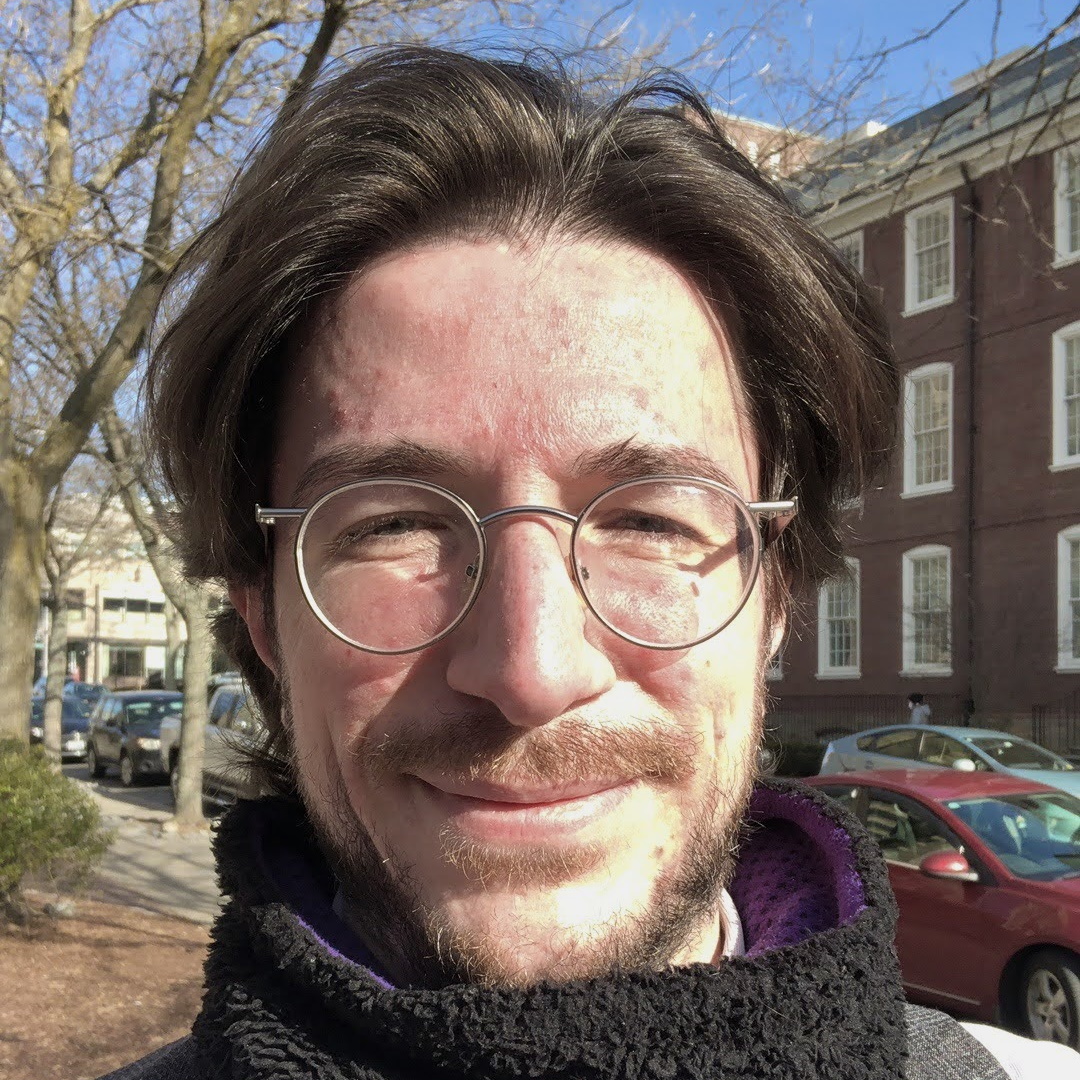Cited By
View all- Jin XXu CGao RWu JWang GLi S(2024)DiffSound: Differentiable Modal Sound Rendering and Inverse Rendering for Diverse Inference TasksACM SIGGRAPH 2024 Conference Papers10.1145/3641519.3657493(1-12)Online publication date: 13-Jul-2024
- Tang PHinchet RPoranne RThomaszewski BCoros S(2024)Modal Folding: Discovering Smooth Folding Patterns for Sheet Materials using Strain-Space ModesACM SIGGRAPH 2024 Conference Papers10.1145/3641519.3657401(1-9)Online publication date: 13-Jul-2024
- Sakuma RNarumi KKawahara YHiraki T(2024)TactPrint: 3D Printing Lattice-based Tactile Displays with Optimized and Local VibrationExtended Abstracts of the CHI Conference on Human Factors in Computing Systems10.1145/3613905.3648665(1-4)Online publication date: 11-May-2024
- Show More Cited By






